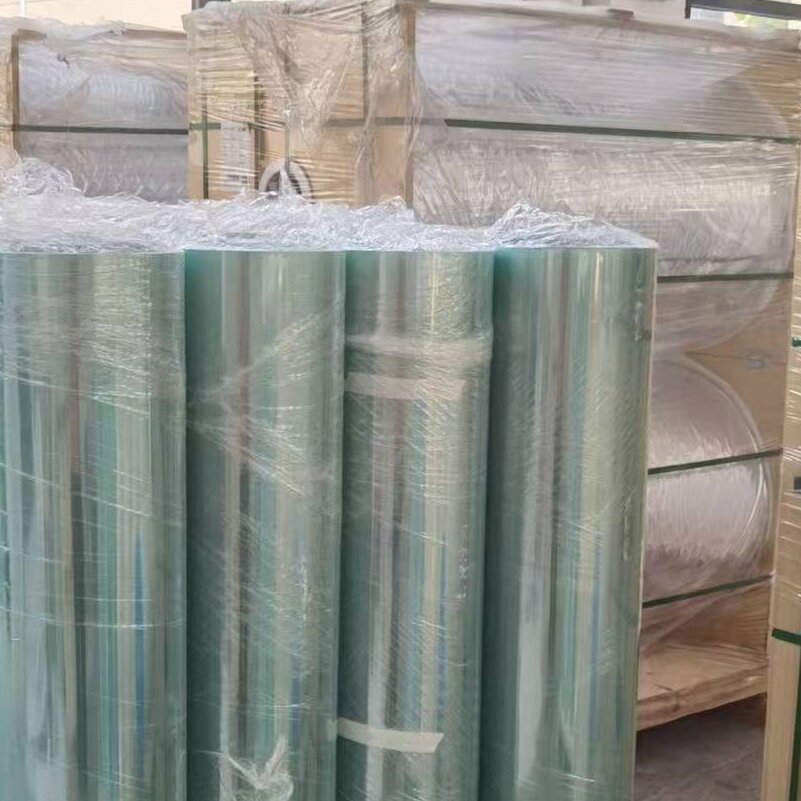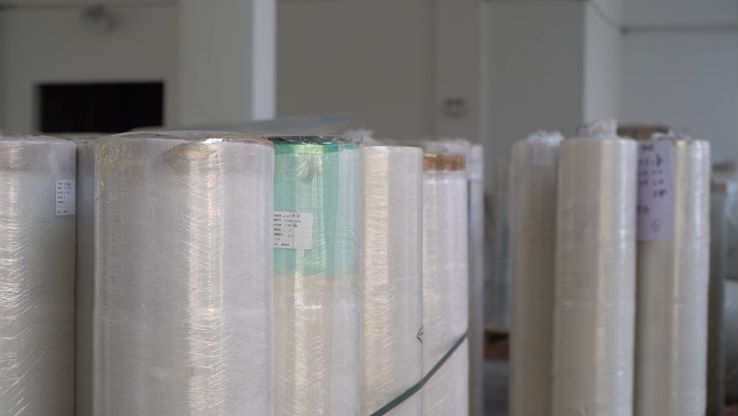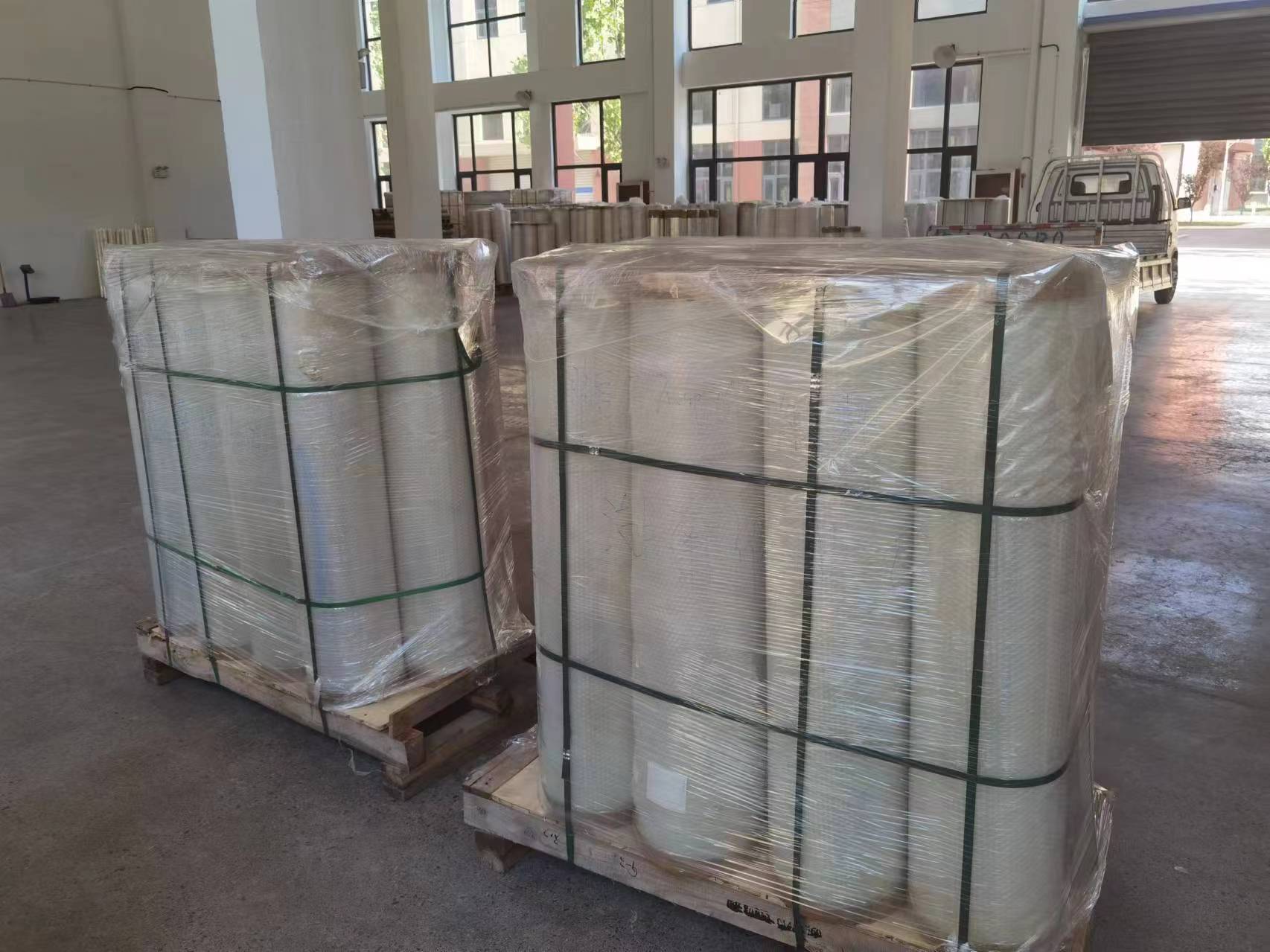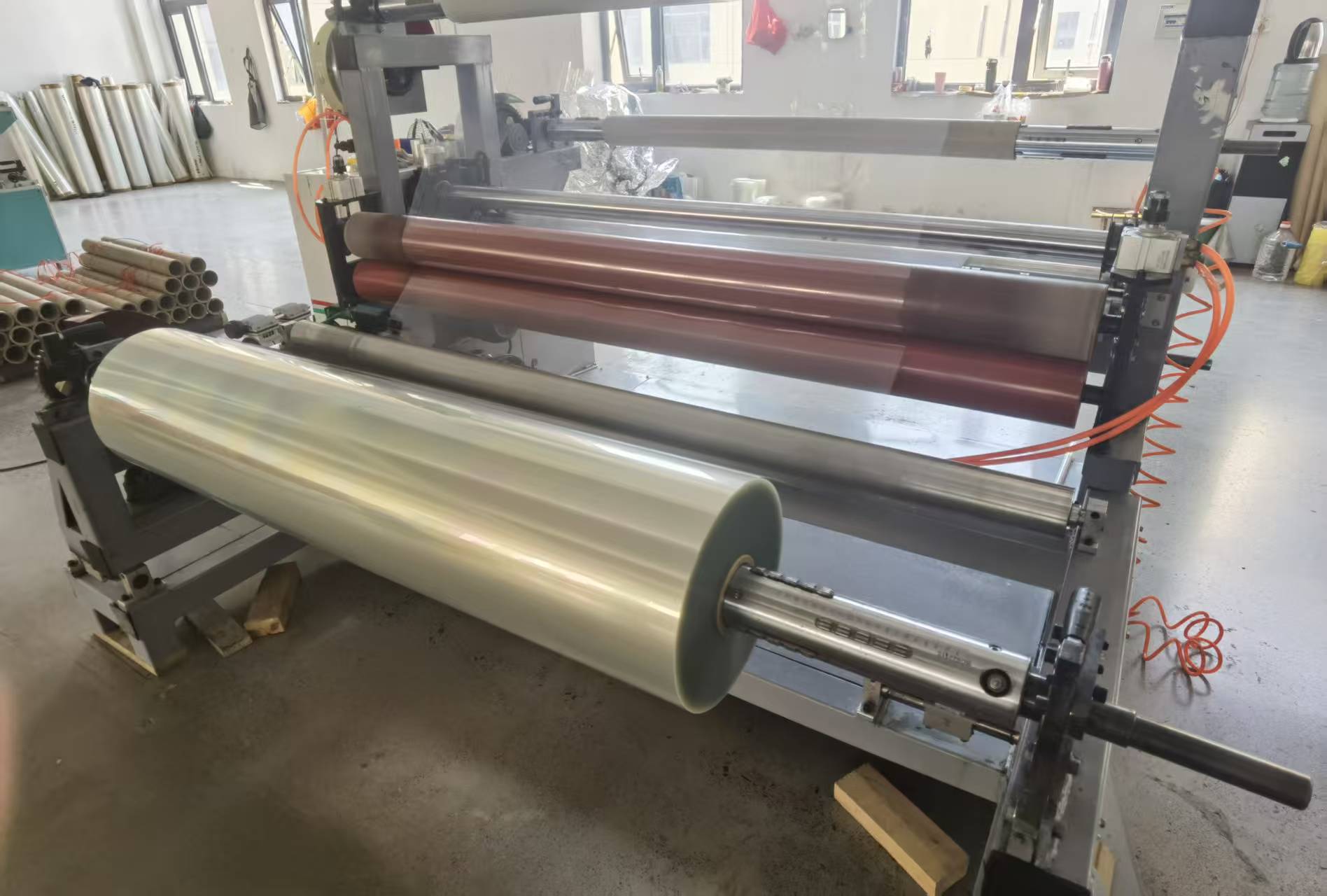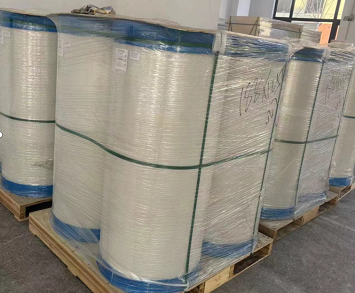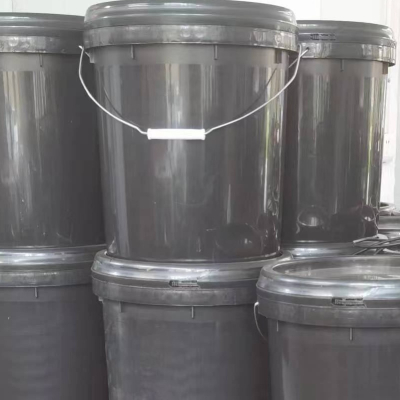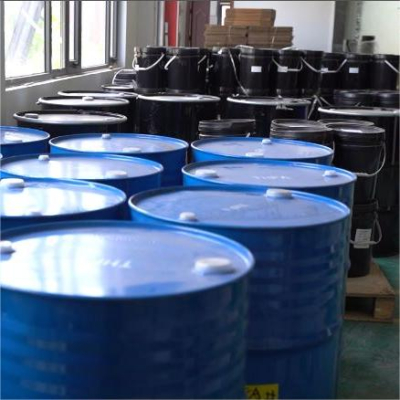12.5 Silk PET Siliconized Release Film
The 12.5 silk PET siliconized release film is a specialized type of film manufactured from polyester (PET) material that has been treated with a silicone coating and features a specific surface texture referred to as "12.5 silk." This unique combination of silicone treatment and the "12.5 silk" texture enhances the film's release properties, making it particularly suitable for applications that require precise and clean release characteristics.
The silicone coating applied to the film serves as a release agent, providing a non-stick surface that allows for easy removal of adhesive materials without leaving residue behind. This feature makes the film ideal for applications where adhesive transfer onto substrates needs to be smooth and controlled.
The "12.5 silk" surface texture on the film refers to a specific pattern or texture that has been applied to enhance its release properties further. This texture helps prevent adhesives or sticky substances from adhering permanently to the film surface, ensuring that the adhesive materials can be transferred efficiently onto desired substrates without any issues.
The combination of the silicone coating, PET material, and the "12.5 silk" surface treatment makes the film well-suited for various industries such as label manufacturing, graphic arts, adhesive production, and other sectors that require efficient adhesive transfer and controlled release properties.
Overall, the 12.5 silk PET siliconized release film offers a reliable and versatile solution for applications that demand superior release characteristics, durability, and ease of handling. Its specialized features make it a valuable material for a wide range of industrial applications where precise and clean release properties are essential.
Product Specifications | Thickness: 12.5 microns (i.e., 0.125 millimeters, which is the most critical specification parameter). Base material: Typically PET (polyethylene terephthalate) film, with base material thickness varying depending on the amount of silicone oil coating (e.g., base material thickness of approximately 10–12 microns, resulting in a total thickness of 12.5 microns after silicone oil coating). Width: Common specifications include 600 mm, 800 mm, 1000 mm, 1200 mm, etc., and custom slitting is available upon request (e.g., narrow-width rolls). Length: Supplied in roll form, with typical lengths of 100m, 200m, 500m, etc., and can also be customized as needed. Release force: (key performance parameter) Depending on the silicone oil coating process, it is classified into light release, medium release, and heavy release, with values typically ranging from 5-500g/inch (e.g., commonly used 20-100g/inch, with specific values matching the bonding requirements). Surface condition: Typically features a single-sided silicone oil coating (release side), with the opposite side being the original PET substrate surface (non-release side). The surface is smooth and free of bubbles or wrinkles. Color: Primarily transparent, but can also be provided in white, blue, or other colored silicone oil films as required. Temperature resistance: Short-term temperature resistance is generally 120-150°C, and long-term temperature resistance is approximately 80-100°C (suitable for most industrial processing scenarios). |
Product Advantages | Moderate thickness with strong protective properties: The 12.5-micron thickness strikes a good balance between thinness and protection, providing effective cushioning for protected objects (such as electronic components, screens, etc.) to withstand minor friction and compression, while avoiding the inconvenience of excessive thickness or increased packaging volume. Stable release properties: The surface silicone oil coating provides uniform release force, enabling easy separation from other materials (such as tape or adhesives), with a smooth peeling process that minimizes residue and reduces contamination of the adhered object. Good chemical stability: The PET base material and silicone oil coating are resistant to general chemical corrosion and do not easily react with common acids, alkalis, or solvents, making them suitable for use in various industrial environments and less prone to degradation due to environmental factors. Balance of Flexibility and Mechanical Strength: The PET base material itself has a certain degree of flexibility, and the 12.5-micron thickness makes it easy to cut and process while also capable of withstanding certain levels of stretching and bending without tearing, adapting to the operational requirements of different scenarios. Wide applicability: The transparent version allows for direct observation of the protected object's condition. Customizable release force, width, and length specifications are available to meet the specific needs of industries such as packaging, electronics bonding, and printing, offering strong versatility. Balance of cost and performance: Compared to thicker or special-material release films, the 12.5-micron silicone oil film offers cost advantages while maintaining basic performance, making it suitable for large-scale industrial applications. |
Product application | Electronics Industry: Used for surface protection of components such as printed circuit boards, flexible circuits, and thin-film switches to prevent scratches during processing or transportation; can also serve as a carrier for tapes or adhesives, facilitating smooth peeling after application. Packaging Industry: Suitable for packaging fragile items such as precision parts, optical lenses, and electronic screens, providing cushioning protection while preventing adhesion due to its release properties, making it easy to handle. Printing and Die-Cutting: In screen printing, pad printing, and laser anti-counterfeiting printing, it can serve as a substrate material or temporary protective layer; during die-cutting, it helps secure materials, enhancing cutting precision. Adhesion and Manufacturing: Used in the adhesion process for nameplates, labels, etc., as an intermediate release medium to ensure accurate adhesion positioning and leave no residue after peeling. Insulation and protection: In the production of certain insulated products, it can serve as a temporary isolation layer with some insulation properties, protecting the product from contamination during the manufacturing process. |

